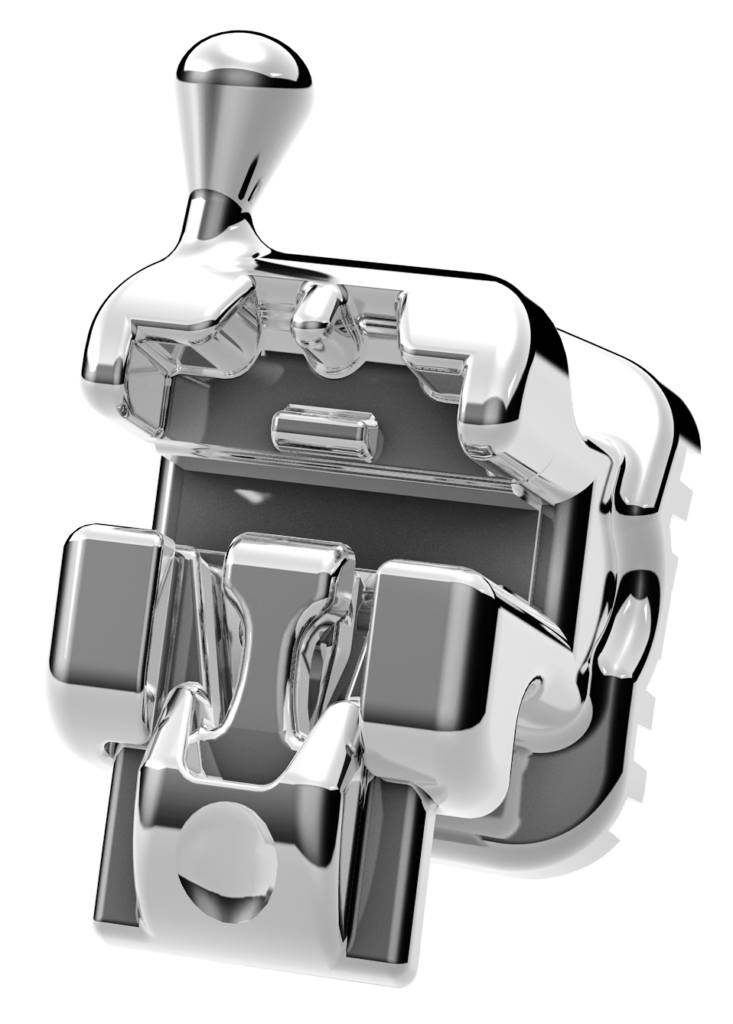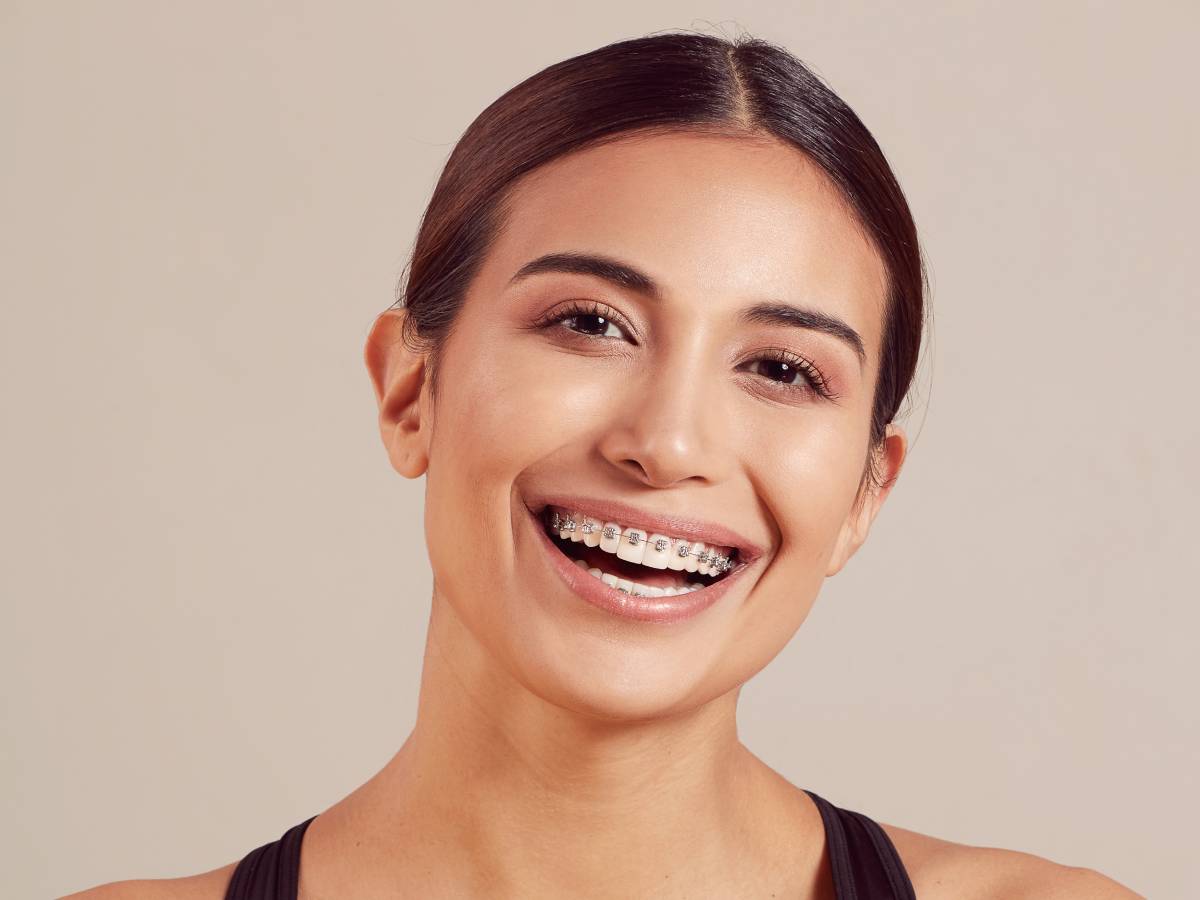Orthodontic brackets are small attachments that are bonded to the teeth during orthodontic treatment. These brackets play a critical role in the straightening of teeth as they hold the archwire in place. Traditionally, orthodontic brackets were tied to the archwire using elastic or metal ligatures. However, with advancements in orthodontic technology, self-ligating brackets have become an increasingly popular alternative to traditional twin brackets.
In this blog post, we will discuss the differences between self-ligating and traditional twin orthodontic brackets.
What are traditional twin brackets?
Traditional twin brackets are the most commonly used orthodontic bracket. They consist of a small metal or ceramic attachment that is bonded to the front of each tooth. These brackets feature a slot that holds the archwire in place. The archwire is secured to the bracket with elastic or metal ligatures, also known as ties.
The ties are typically changed during each appointment to ensure that the archwire remains securely in place. Traditional twin brackets require frequent adjustments to the archwire to move the teeth into their proper positions.
What are self-ligating brackets?
The decision to use self-ligating or traditional twin brackets will depend on several factors, including your specific orthodontic needs and personal preferences. It is essential to discuss your options with your orthodontist to determine which type of bracket is right for you.
In general, self-ligating brackets may be a good option for those who want to reduce treatment time, improve comfort, and ease of oral hygiene. Traditional twin brackets may be a suitable option for those who prefer a lower cost option or have less severe orthodontic issues.

Differences between self-ligating and traditional twin brackets
1. Treatment time
One of the most significant differences between self-ligating and traditional twin brackets is the length of treatment time. Self-ligating brackets can reduce treatment time by up to six months in some cases. This is because they allow more efficient movement of the teeth, which can result in fewer adjustments and less time spent in the chair.
2. Comfort
Self-ligating brackets are typically more comfortable than traditional twin brackets. This is because they have a lower profile and do not require ties or ligatures, which can cause discomfort and irritation to the soft tissues of the mouth.
3. Oral hygiene
Self-ligating brackets are easier to clean than traditional twin brackets. The absence of ties or ligatures means that there are fewer places for plaque and debris to accumulate, which can reduce the risk of tooth decay and gum disease.
4. Appearance
Self-ligating brackets are available in both metal and clear ceramic options, which can make them more aesthetically pleasing than traditional twin brackets.
5. Cost
Self-ligating brackets are generally more expensive than traditional twin brackets. This is because they are a newer technology and require specialized training and equipment to use.
6. Adjustments
Self-ligating brackets require fewer adjustments than traditional twin brackets. This is because they use a specialized clip or door to hold the archwire in place, which reduces the need for manual adjustments.
7. Range of treatment
Self-ligating brackets are suitable for a wider range of orthodontic treatments than traditional twin brackets. They can be used to treat mild to severe cases of crowding or spacing, as well as bite issues such as overbite, underbite, and crossbite.
Which type of bracket is right for me?
The decision to use self-ligating or traditional twin brackets will depend on several factors, including your specific orthodontic needs and personal preferences. It is essential to discuss your options with your orthodontist to determine which type of bracket is right for you.
In general, self-ligating brackets may be a good option for those who want to reduce treatment time, improve comfort, and ease of oral hygiene. Traditional twin brackets may be a suitable option for those who prefer a lower cost option or have less severe orthodontic issues.
Conclusion
Both self-ligating and traditional twin brackets are effective orthodontic treatments that can help straighten teeth and correct bite issues. The main differences between these two types of brackets boil down to treatment time, comfort, oral hygiene, appearance, cost, adjustments, and range of treatment.
Ultimately, the decision about which type of bracket to use should be made through a consultation with your orthodontist, who will customize the treatment plan according to your individual needs and preferences. Dr. Peterson is a firm believer in the benefits of self-ligating braces and uses them on all his patients that choose brackets over aligners. Why would you use an old school pager when you could use an iPhone 14 Pro? Dr. Peterson utilizes the Pitts21 self-ligating brackets which he feels to be the brackets that produces the best results in his hands.

